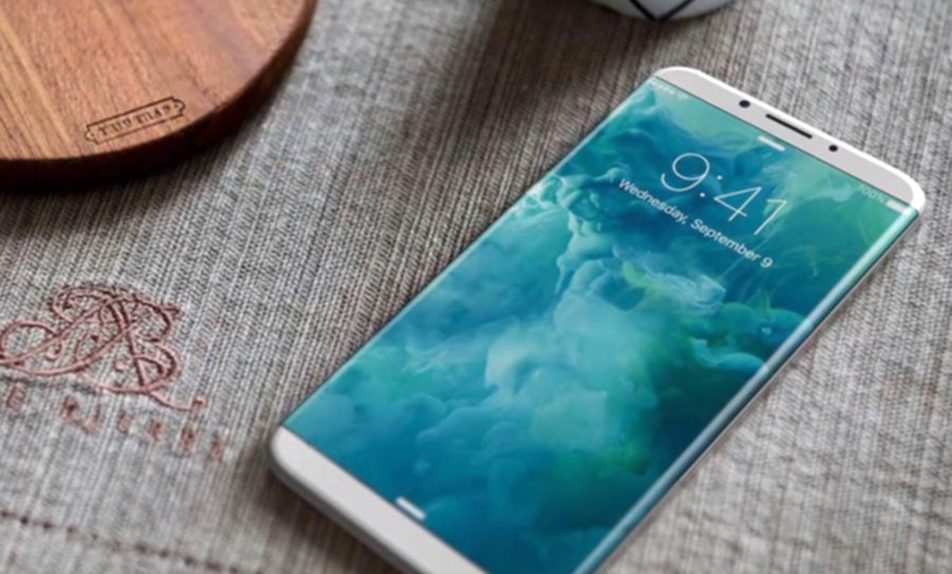Apple won’t be the first company to introduce a smartphone design that features a curved display — or a dual curved display, for that matter — but the company’s upcoming iPhone 8 is already seen as being a huge driving force for mobile devices with flexible displays.
Samsung will release its third new Galaxy S handset that sports a curved display next year — the Galaxy S8 — while Apple’s iPhone 8 will be the first iPhone ever to feature a curved screen. However, analysts from IHS quoted by Digitimes say that Apple’s flexible AMOLED display adoption would “dramatically drive up expected demand for flexible AMOLED panels.”
Samsung will likely be the biggest winner when it comes to supplying AMOLED screens to Apple, but the iPhone maker won’t be the only company switching to curved OLED screens. Companies including Vivo and Xiaomi launched handsets with flexible screens in 2016, and many other manufacturers have plans to develop curved or foldable smartphones in the near future. Apple is seen as a big catalyst in this department following the release of the iPhone 8.
“During 2016, many smartphone manufacturers have pressured display panel makers to supply them with more flexible AMOLEDs for their new smartphone designs, however, due to limited production capacity only a few players had their orders met in quantity,” IHS analyst Jerry Kang said. “With new form factors entering the marketplace next year to entice consumers, smartphone manufacturers will find themselves locked in a fierce battle with one another as they jostle to win market share for their new smartphone models featuring dual-edge curved and foldable AMOLED displays.”
The Galaxy S8 that will not be available in a flat screen version next year, recent reports have said. Furthermore, Samsung is also working on novel smartphone phone factors that feature foldable displays. Such devices could morph from smartphone to tablet thanks to these flexible screens.
“Consumer device manufacturers will eventually move from conventionally designed flat and rectangular form factors to the latest curved, foldable or rollable screens, but only once their product roadmap for newer, innovative devices becomes more mature,” Kang noted.
The curved iPhone 8 may further explain why we need curved displays in a smartphone in the first place, and it should convince many other handset makers to follow suit. In short, Apple’s iPhone 8 might make the curved smartphone great again, which is something Samsung’s bold Galaxy S edge designs were apparently unable to do.








